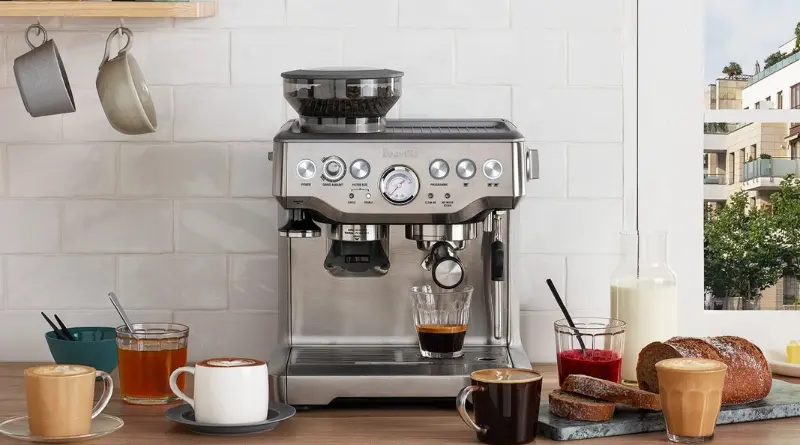Using Decorators in Python: A Complete Guide

Python, being a versatile programming language, offers developers the flexibility to build robust applications effortlessly. Among its distinctive features are decorators, which are functions capable of altering the behavior of other functions without requiring changes to their source code. Decorators in Python serve the purpose of enhancing or modifying the functionality of functions or classes. They are commonly employed to supplement existing code with features like logging, and profiling, or to extend the behavior of a class by introducing properties or methods.
What are Decorators?
Decorators are a feature in Python that allows developers to modify or enhance the behavior of functions or classes without directly modifying their source code. They are essentially functions that take another function as input and return a modified version of that function. Decorators provide a way to wrap additional functionality around existing functions or classes, enabling code reuse and separation of concerns. They are commonly used for tasks like logging, authentication, input validation, and caching, among others. By using decorators, developers can easily extend and customize the functionality of their code without making extensive changes to the original implementation.
What are decorator functions?
Decorator functions in Python take a function as input and enhance its behavior without directly modifying the original code. They add functionality to existing functions without requiring code changes, providing a powerful method to extend code functionality.
Practical Applications of Decorators in Python
Decorators in Python have a wide range of use cases and provide a flexible way to modify or enhance the behavior of functions or classes. Here are a few typical scenarios where decorators are commonly applied:
1.Logging:
Decorators can be used to add logging functionality to functions or methods, allowing you to track the execution of code, debug errors, or gather performance data.
2.Authentication and Authorization:
Decorators can enforce authentication and authorization checks before executing a function, ensuring that only authorized users can access certain functionalities.
3.Input Validation:
Decorators can validate the input parameters of a function, ensuring that they meet specific criteria or constraints, such as data types, ranges, or formats.
4.Caching:
Decorators can implement caching mechanisms to store the results of expensive function calls, avoiding redundant computations and improving performance.
5.Rate Limiting:
Decorators can restrict the rate at which a function or API endpoint can be called, preventing abuse or excessive usage.
6.Method Overriding:
Decorators can modify the behavior of methods in classes, allowing you to override or extend their functionality without modifying the original class.
7.API Endpoint Validation:
Decorators can validate the request parameters or format in API endpoints, ensuring the correctness of incoming data.
These are just a few examples of how decorators can be utilized in Python. Their versatility and flexibility make them a powerful tool for code customization and enhancement.
Advantages of Utilizing Decorators in Python
Python, being a versatile and powerful programming language, offers several advantages when using decorators. Here are the key benefits:
1.Code Reusability
Decorators allow the addition of functionality to multiple functions or classes without duplicating code. This promotes code reusability, making the codebase more modular and easier to maintain.
2.Separation of Concerns
Decorators enable the separation of core functionality from additional features, improving code readability and making it easier to understand and modify.
3.Improved Readability
By using decorators, the added functionality becomes explicit and visible, enhancing the readability of the codebase and facilitating comprehension and troubleshooting.
4.Consistency and Standardization
Decorators provide a means to enforce consistent behavior and adhere to best practices or standards across the codebase. This promotes maintainability, reduces errors, and aids new developers in understanding and contributing to the project.
5.Functionality Enhancement
Decorators can enhance code functionality by incorporating features like caching, logging, or error handling. This improves performance, reliability, and error management capabilities.
6.Ease of Implementation
Python offers a straightforward syntax for defining and utilizing decorators, making them easy to integrate into projects. Additionally, a wide range of pre-built decorators in Python libraries and frameworks can be leveraged, eliminating the need to reinvent functionality.
In summary, decorators in Python provide benefits such as code reusability, separation of concerns, improved readability, consistency, enhanced functionality, and ease of implementation. These advantages contribute to more efficient and maintainable code development.
conclusion
In conclusion, decorators in Python are a powerful tool for enhancing code functionality, improving performance, and simplifying software development. They enable developers to modify the behavior of functions without altering the source code, resulting in more efficient and maintainable code. Decorators find applications in various areas such as logging, caching, authentication, timing, and error handling. By utilizing decorators, developers can write code that is efficient, scalable, and easier to maintain.





